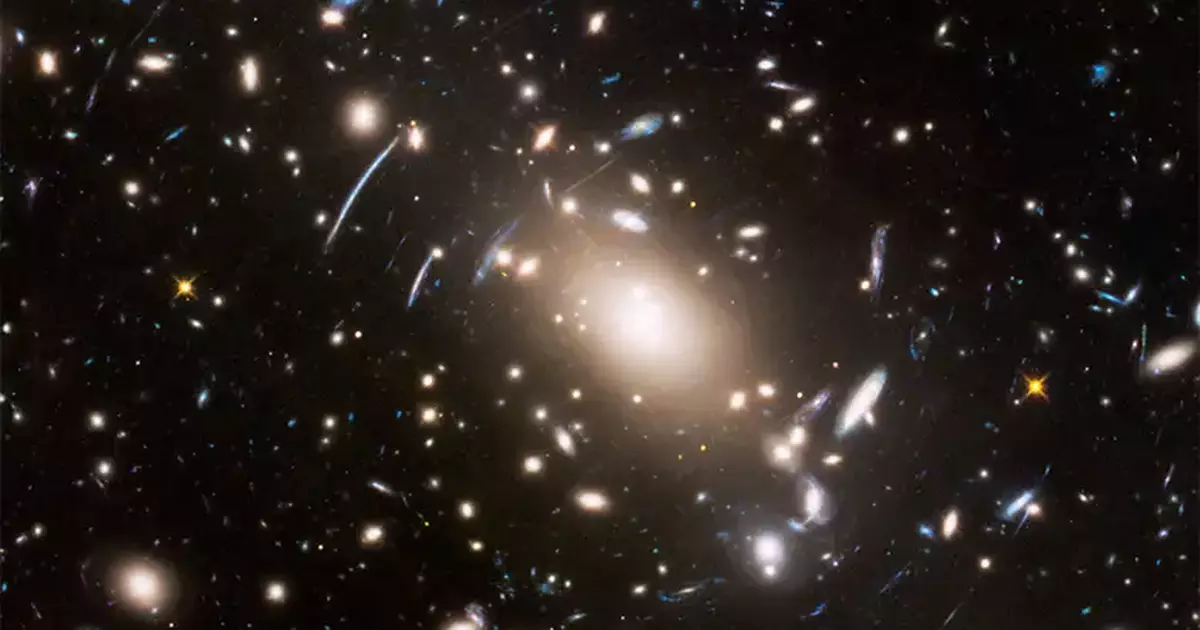Regolith is loose rock formed as a result long-term physical processes The chemicals that cover the Earth and other planets and moons. The lunar and Martian regolith differ in composition, but they have one thing in common – both sources can recover important metallic elements.
Scientists are working on using microorganismssuch as volcanic microalgae, bacteria and fungi to extract these valuable minerals. Dr.. Weronika Urbańska from the Wrocław University of Technology, Ewa Borowska from the University of Warsaw, Dr. Jakub Ciążela from the Institute of Geosciences of the Polish Academy of Sciences and Dr.Hab. Anna Potis of the University of Wroclaw has developed a method for biologically extracting minerals from lunar and Martian regolith.
Microorganisms such as microalgae that occur in environments with high concentrations of heavy metals, carbon dioxide, and hydrogen sulfide have a natural ability to adapt to harsh conditions. Its unique structure allows for efficient extraction of heavy metals. Scientists plan to use these Characteristics of microalgae f bacteria in space missions.
A small amount of microorganisms is sufficient to start the mineral extraction process. This greatly facilitates the transportation of these organisms on space rockets. Research using microorganisms, including fungi, to recover raw materials is being conducted around the world, but the solution developed by Polish scientists, which combines microalgae and bacteria, is unique.
The method developed by Polish scientists consists in the simultaneous use of bacteria and microalgae. bacteria extract Partially metallic elementsThe microalgae then enter the next stage of the process. From the biomass created in this way, scientists can recover the necessary raw materials.
When we also realize that we are already beginning to experience a shortage of critical raw materials on Earth, it turns out that obtaining them in space, for example from the regolith, may be critical for the research planned there. Since we’ve already developed methods that work on Earth, why not try using them in space, too.
– Dr. points out. and Veronica Urbanska.
The research was performed on battery powder and on lunar and Martian regolith simulators. Scientists have had promising results, achieving tens of percent efficiency in recovering items. They are currently focusing on recovering lithium, cobalt, copper and nickel, which are key raw materials. They also plan to expand research into rare earth minerals.
The use of microalgae and bacteria in spaceflight has many advantages, one of which is ease of transportation. Methods of biological extraction of minerals may be essential for future research and space exploration, especially with Because of the difficulties of transporting raw materials from the ground. The group of Polish scientists hopes that their research will contribute to the further development of lunar and Mars exploration.
Source: Niezalezna.pl, PAP
#precious metals #journey to Mars #space missions
MaŁu

Echo Richards embodies a personality that is a delightful contradiction: a humble musicaholic who never brags about her expansive knowledge of both classic and contemporary tunes. Infuriatingly modest, one would never know from a mere conversation how deeply entrenched she is in the world of music. This passion seamlessly translates into her problem-solving skills, with Echo often drawing inspiration from melodies and rhythms. A voracious reader, she dives deep into literature, using stories to influence her own hardcore writing. Her spirited advocacy for alcohol isn’t about mere indulgence, but about celebrating life’s poignant moments.








